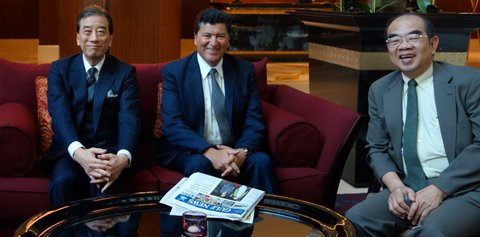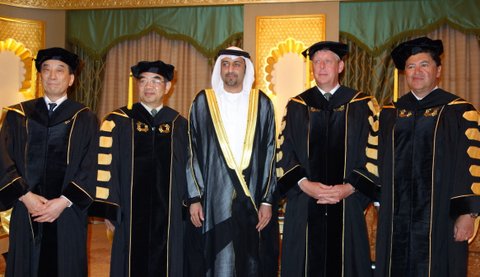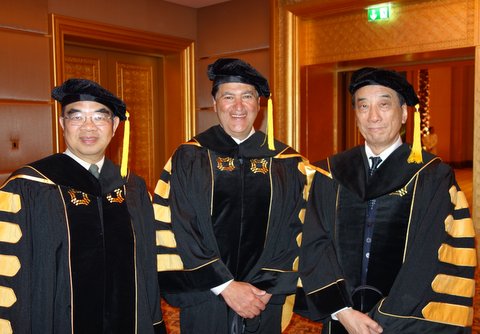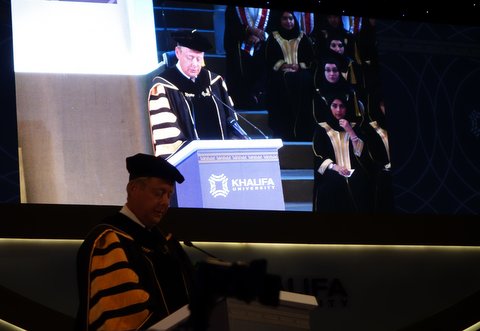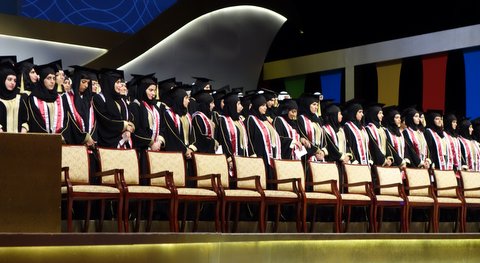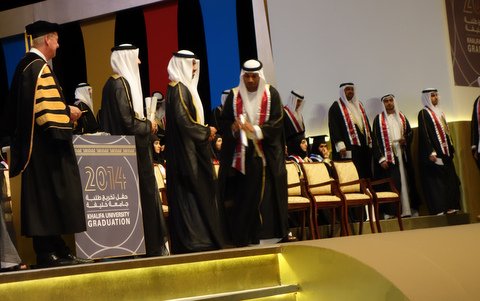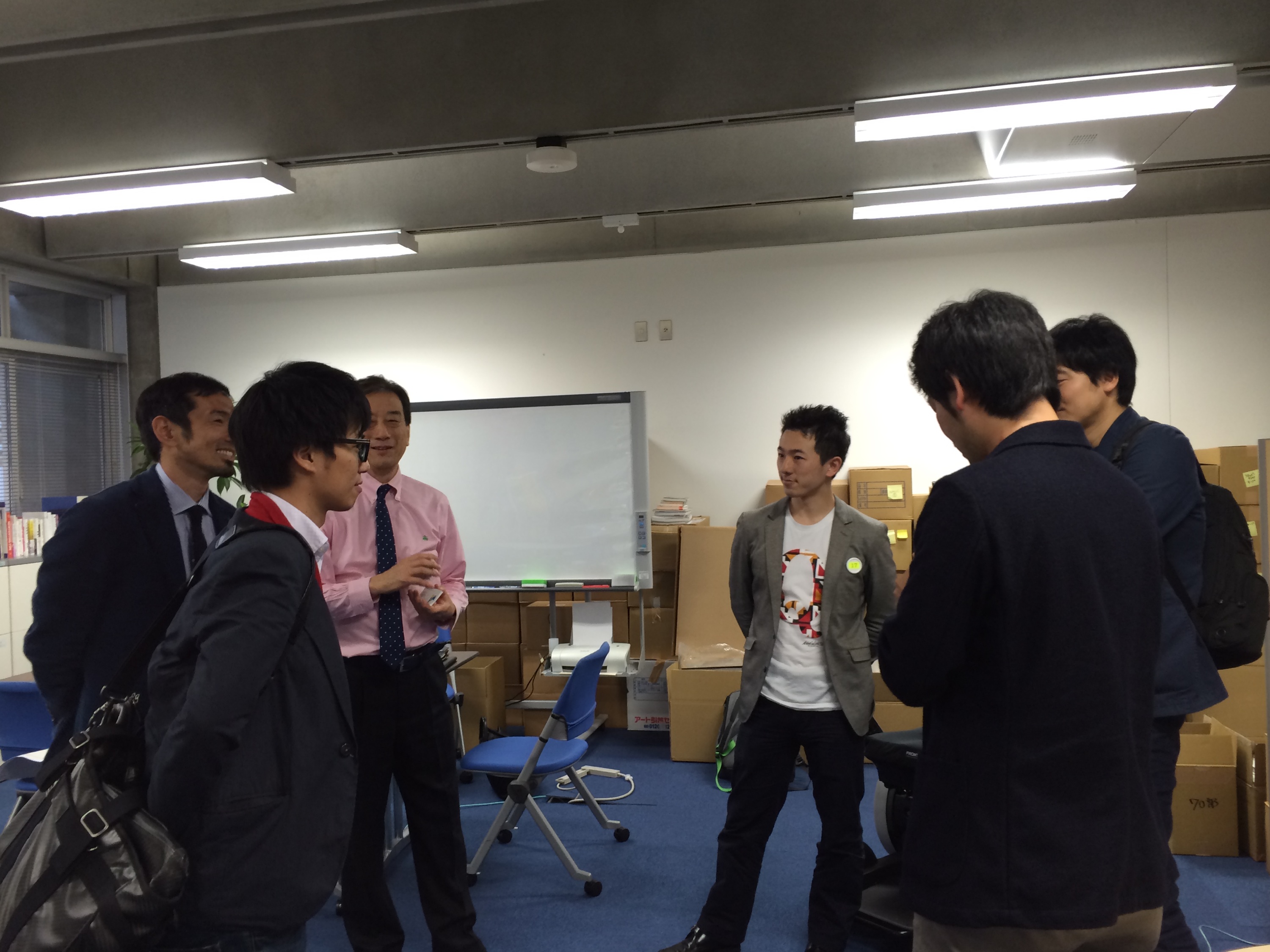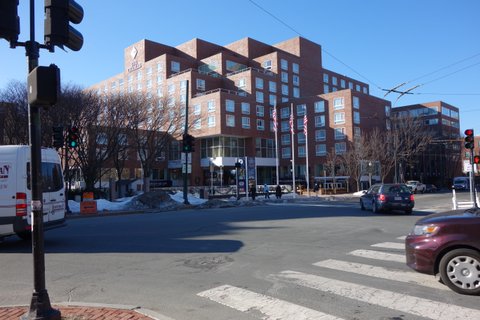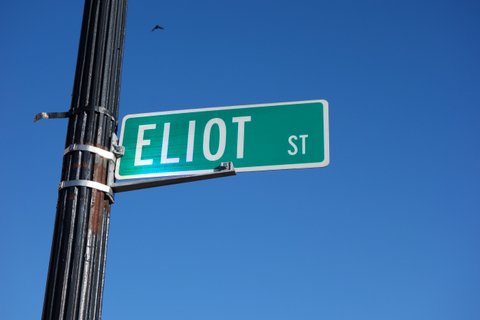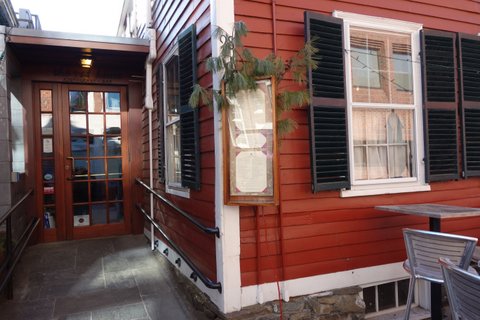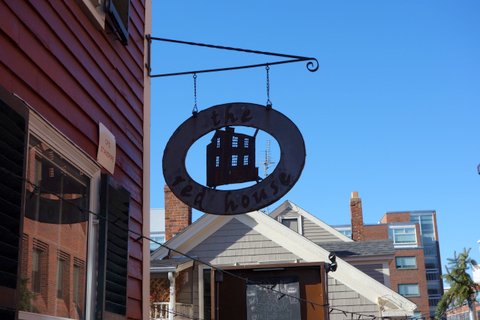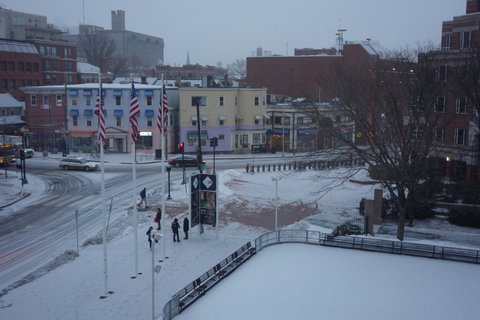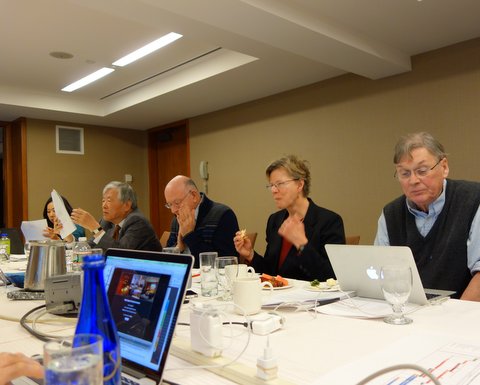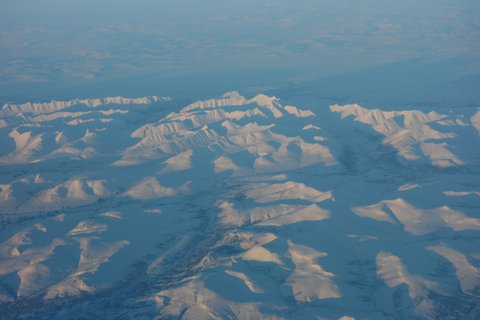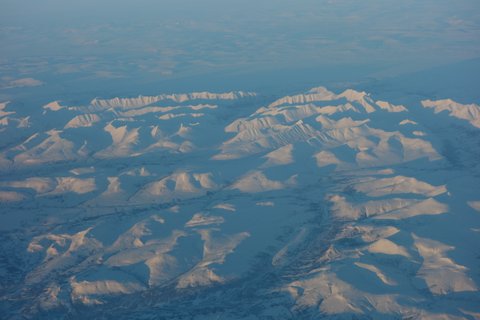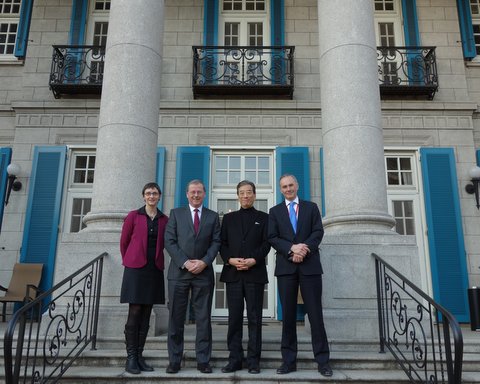I arrived in Abu Dhabi on April 20th to take part in the Board Members’ meeting and graduation ceremony at Khalifa University. There are 350 students graduating this year. This university specializes in science and technology and is attracting many bright students.
The graduation ceremony took place at the Emirates Palace. The President of Khalifa University, Tod Laursen has held his position for four years and will see his first cohort of students graduate. The Crown Prince of Abu Dhabi was also present at the ceremony. Each student was handed the graduation certificate individually, signifying the significance and thought that went into the graduation.
I departed Dubai late that evening, or rather the next morning, at 3am and landed in Kansai Airport. Her Highness Moza of Qatar was visiting Japan and I joined the Qatar Foundation that day. The next day, I visited Kyoto University and joined Her Highness Moza’s tour of Shinya Yamanaka’s iPS Research Center. The next day, I joined their visit to Riken in Kobe and met with Chairman Noyori and went to the signing ceremony.
Japan’s relations with Abu Dhabi and Qatar have been centered on oil and gas but in these past ten years, mainly through the field of scientific research, efforts have been made for greater cooperation in human resources training. At the beginning of this year, there were several events held at Tokyo University between the main heads of the universities in Abu Dhabi and Japanese universities. In March, the Crown Prince of Abu Dhabi made a visit to Japan. During his stay, he visited the Tokai University Korin campus and spoke with Vice President Yasuhiro Yamashita regarding more interaction through judo as well as the joint development of solar cars.
Encouraging greater cooperation with the Middle East regarding human resource development is a wonderful thing for Japanese government and businesses, which tend to think of Qatar and the United Arab Emirates only in terms of business relations.
It is a challenge for not only Japan, but for all countries to develop individuals who can understand and reach out across the world.
Japanese universities should also build on their own unique strengths and have greater interaction and cooperation with the world.

